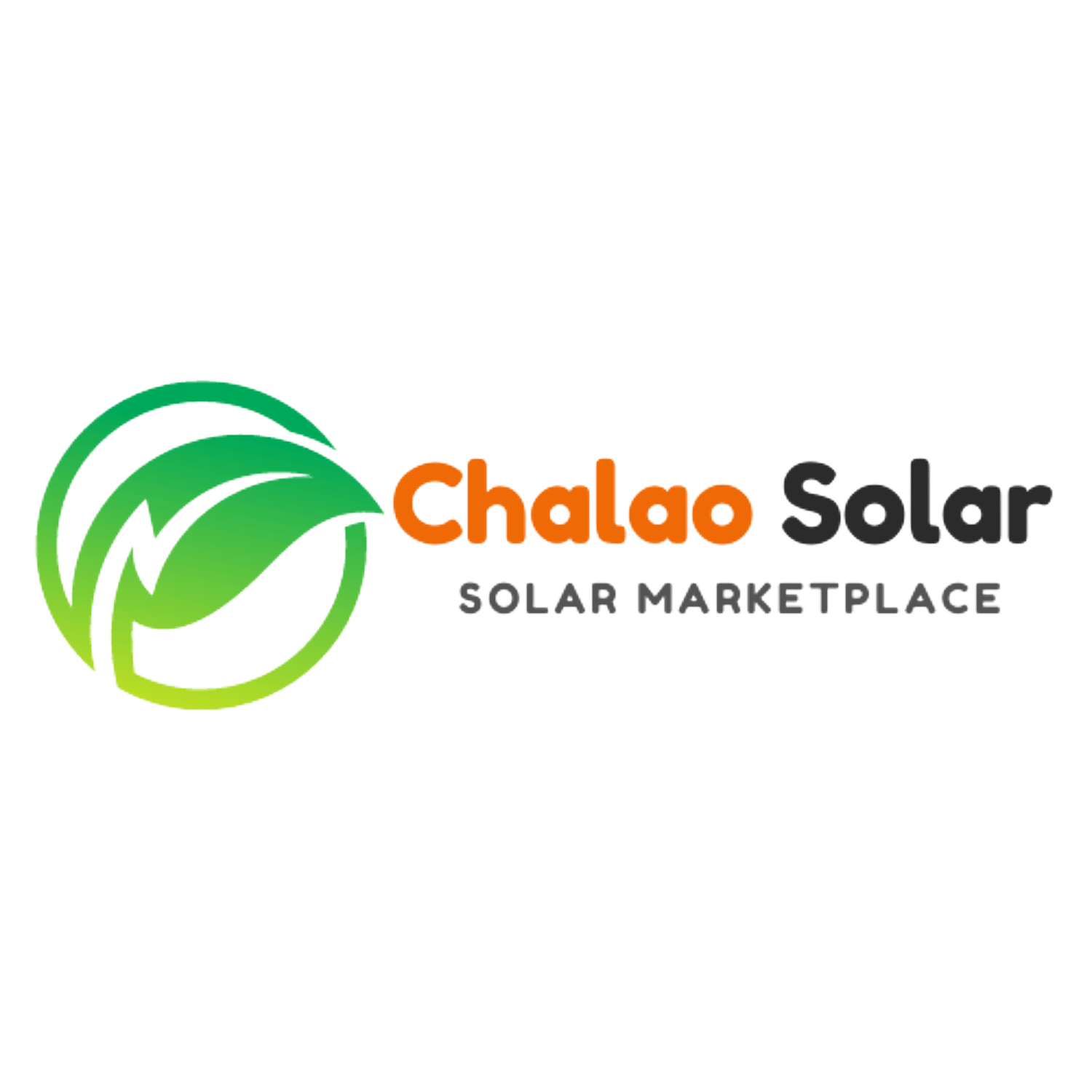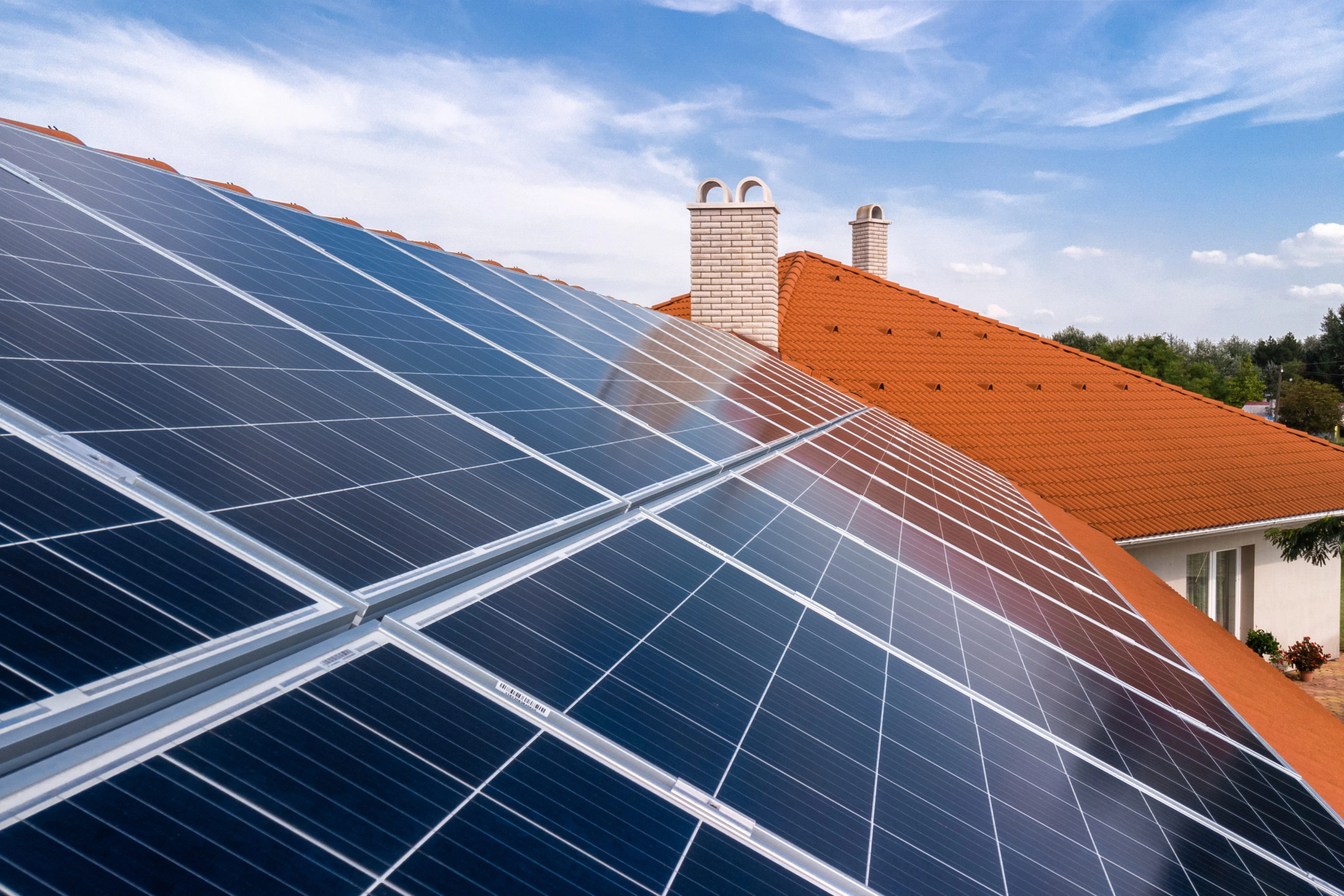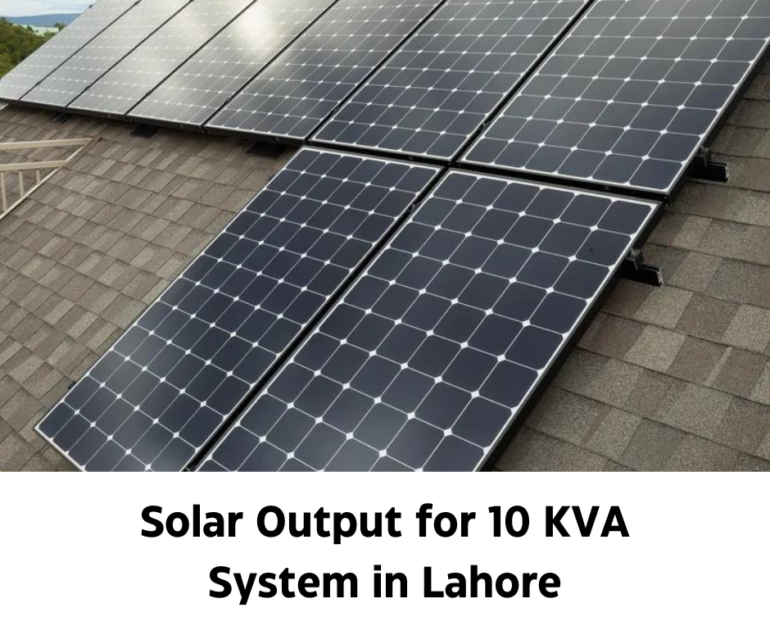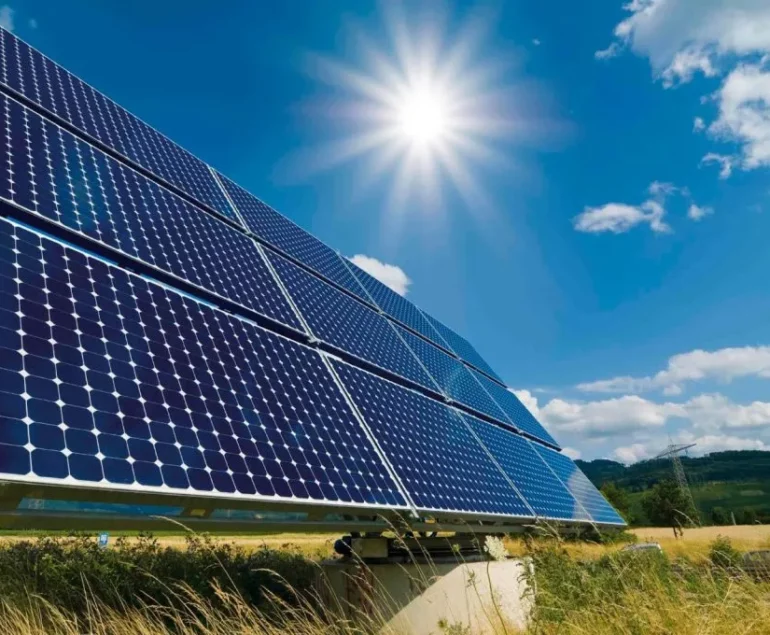Introduction
In the quest for sustainable energy solutions, solar power has emerged as a frontrunner, revolutionizing the way we generate electricity. Solar panels, the heart of solar energy systems, harness sunlight and convert it into clean and renewable electricity.
If you’re intrigued by the idea of harnessing the power of the sun, this guide will provide you with all the essential information about solar panels, their components, and the installation process.
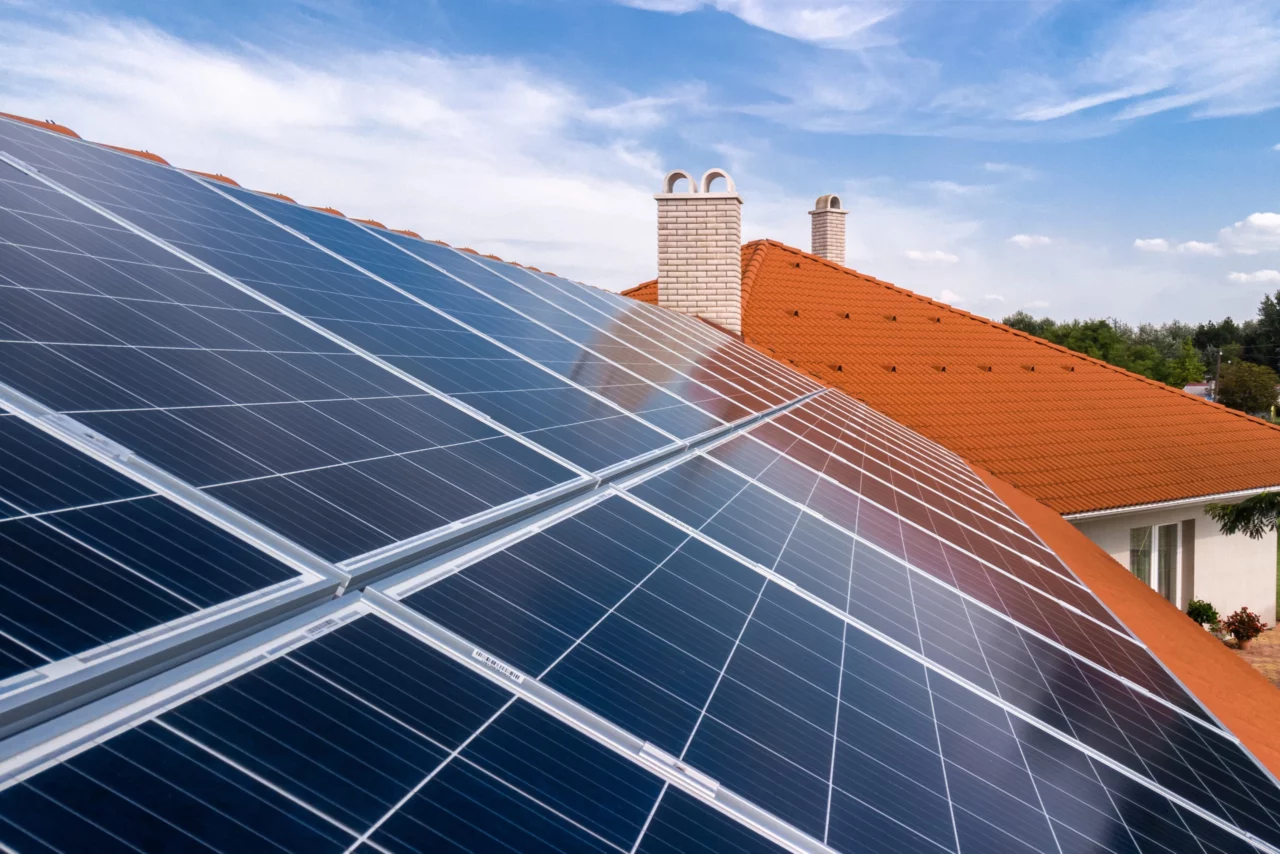
Understanding Solar Panels
Solar panels, also known as photovoltaic (PV) panels, are devices designed to capture sunlight and convert it into electricity. In addition, they are composed of multiple solar cells made from semiconductor materials like silicon. When sunlight hits these cells, it triggers a process known as the photovoltaic effect, where photons transform into electricity. Moreover, this electricity can then be used to power homes, businesses, and even entire communities.
Components of Solar Panels
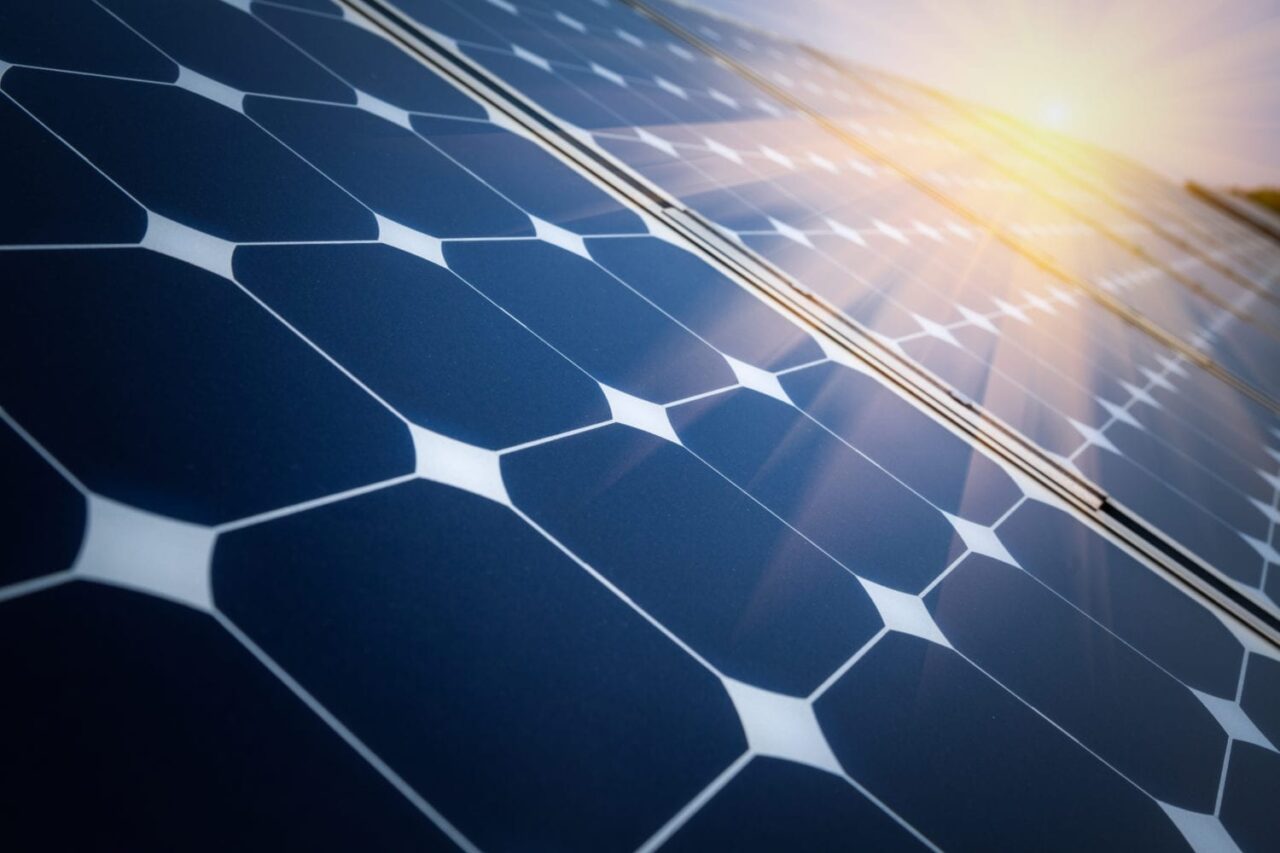
- Solar Cells:
Solar panels consist of numerous solar cells, each responsible for converting sunlight into electricity. These cells are made of semiconductor materials, most commonly crystalline silicon.
- Frame:
The frame provides structural support to the solar panel and protects the delicate components from environmental factors such as wind, rain, and snow.
- Glass Cover:
A tempered glass cover shields the solar cells from physical damage while allowing sunlight to pass through effectively.
- Backsheet:
The back sheet is a layer that protects the backside of the solar panel from moisture and other environmental elements.
- Junction Box:
The junction box is where the electrical connections from the solar cells consolidate. Furthermore, it also includes bypass diodes to optimize energy production by minimizing shading effects.
Installation Process
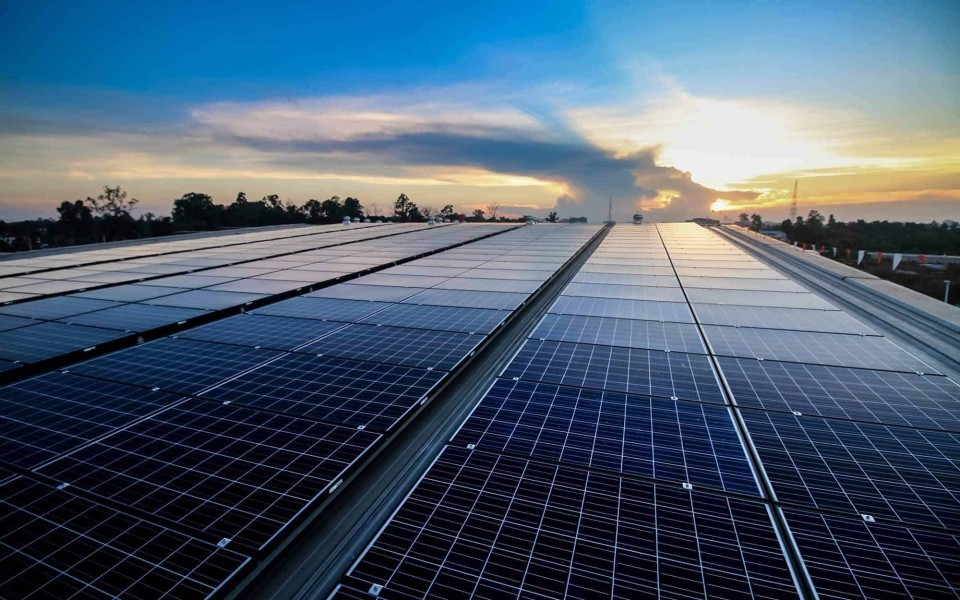
- Site Assessment:
A thorough assessment of your location is crucial. Factors like sunlight availability, shading, and roof orientation will determine the viability of solar panel installation.
- Design and Planning:
Engineers will design the solar panel layout based on your energy needs and available space. They’ll also factor in local regulations and structural considerations.
- Permits and Paperwork:
Before installation begins, necessary permits and paperwork must be obtained. This can include local building permits and utility interconnection agreements.
- Installation:
Solar panels are typically mounted on rooftops using special racks. Wiring and inverters are connected to convert the DC electricity generated by the panels into usable AC electricity.
- Connection to the Grid:
If your system generates more electricity than you use, the excess can be fed back into the grid, earning you credits or payments in some cases.
- Final Inspection:
Authorities will conduct a final inspection to ensure your solar panel system meets safety and regulatory standards.
Benefits of Solar Panels
- Renewable Energy Source:
It harnesses an abundant and renewable energy source – sunlight.
- Reduced Electricity Bills:
By generating your electricity, you can significantly reduce your monthly electricity bills.
- Environmental Impact:
Solar energy production produces no greenhouse gases, contributing to a cleaner environment.
- Low Maintenance:
Solar panels have minimal moving parts, leading to low maintenance requirements.
Conclusion
Solar panels are a remarkable innovation that allows us to tap into the power of the sun for clean and sustainable energy. By understanding their components and installation process, you can make informed decisions about integrating solar energy into your life.
Moreover, embracing solar power not only benefits you financially but also plays a vital role in the global transition toward a greener future. If you’re ready to take the plunge, consult with solar energy experts to embark on your journey toward energy independence.
FAQS
1. How does it work?
It works by capturing sunlight using photovoltaic cells made from semiconductor materials. Furthermore, when sunlight hits these cells, it creates an electrical current through the photovoltaic effect, generating usable electricity.
2. What are the main types of solar panels?
The two main types are monocrystalline and polycrystalline. Monocrystalline panels are more efficient and space-efficient, while polycrystalline panels are generally more affordable.
3. What components make up a solar panel system?
A solar panel system includes solar panels (with solar cells), a frame, a glass cover, a back sheet, a junction box, wiring, and inverters for converting DC electricity to AC electricity.
4. How is excess energy used?
Excess energy generated by your solar panels can be fed back into the grid. Furthermore, in some cases, you might receive credits or payments from your utility company for the surplus energy you contribute.
5. Is it suitable for all locations?
Its efficiency depends on sunlight availability. While they work best in areas with abundant sunlight, advancements in technology have made solar panels viable in regions with moderate sunlight as well.
6. How long does it last?
Solar panels have a lifespan of around 25 to 30 years or more. However, their efficiency might gradually decrease over time.
7. What’s the installation process like?
The installation process involves site assessment, design, obtaining permits, mounting the panels, connecting wiring and inverters, grid connection, and final inspection.
8. Do solar panels require maintenance?
Solar panels generally require minimal maintenance. Regular cleaning to remove dirt and debris is recommended, and occasional professional inspections ensure optimal performance.
9. Can I install solar panels myself?
While it’s possible to install yourself, it’s highly recommended to hire professionals. They have the expertise to ensure proper installation, wiring, and adherence to local regulations.
10. Are there government incentives for installing solar panels?
Many countries offer incentives such as tax credits, rebates, and grants to encourage solar panel adoption. Check with local authorities or solar providers to learn about available incentives.

